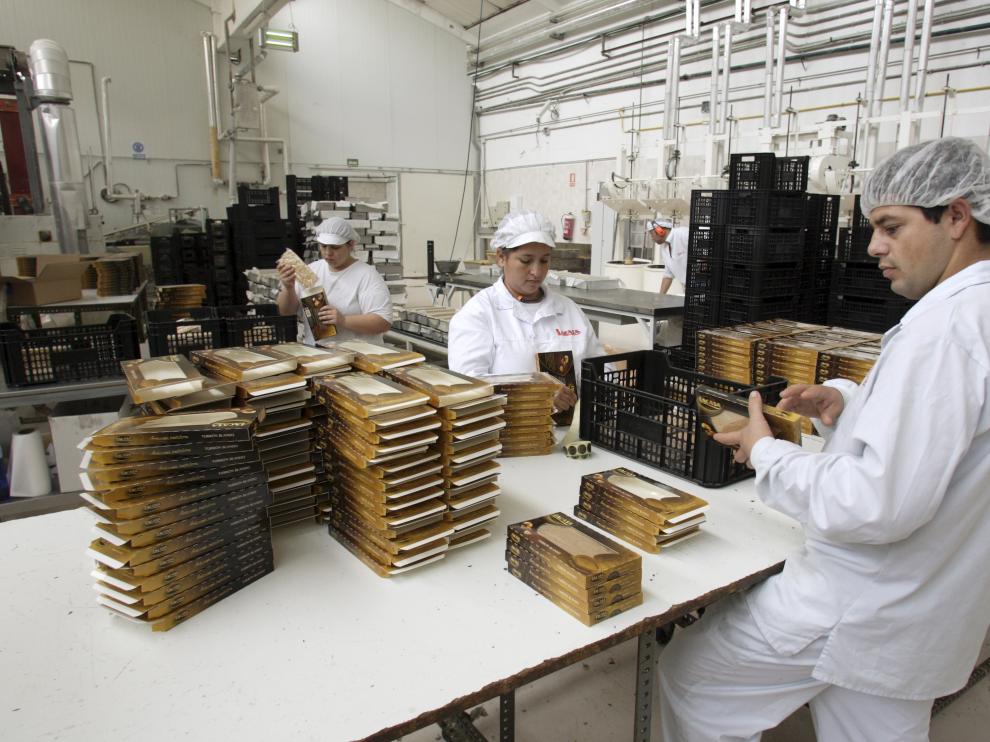Positioning of full containers, when is it used?
2023-01-17
When we think of the initial head of a packaging line, almost all of us think of empty containers, uncapped and unlabeled. It may even seem illogical for a packaging line to start with containers already filled with the final product. But this does happen, and although it is not the most common, it is more frequent than it seems, because there are not a few companies that have the filling and labeling or packaging process separated. Classically this separation is known as primary packaging (filling) and secondary packaging (boxed and equivalent).

Normally the production process of a product, that is, the production line, starts with the bottle positioner so that they then go through the filler, capper, labeling machine, packing machine, palletizer, etc. But this is not always the case and in some cases this process is carried out in two independent lines:
In the first, the empty containers are placed in line to be filled, capped and often also labeled. And then, on a different production line, labeling or packaging is carried out. It is at that moment when the full containers need to be positioned for labeling and, everything that follows. When the containers already include a label, the cartoning machine would come directly after the positioner.
Thus, the typical and basic order that a packaging line would follow would be: in-line bottle positioner, filler, capping machine, inspection, labeling machine, capping machine and palletizing.
When the processes are separated it implies having two totally different production lines.
- 1st Line: positioning of empty bottles in line, filling, capping and inspection.
- 2nd Line: positioning of full bottles in line, labeling or cartoning machine, packaging and palletizing.
Requirements for the positioning of filled containers:
In both typologies the first step is the positioning of the containers but this does not mean that they are the same processes. Equipment for positioning containers is not always ready to work with full bottles. Even if you work with the same format, the fact that the container is full changes everything. In the case of Packfeeder, our teams adapt to both options. All these images are examples of some projects we have carried out for sectors such as pharmaceutical, cosmetics and personal care.
In this type of projects the exquisite treatment of the containers by the bottle positioner becomes a critical aspect. Well, obviously, it should be avoided to damage the packaging that contains the product inside, both to avoid waste and to guarantee the highest quality of the finishes in a practically finished product.
Another very important point to keep in mind is the care of the label. When a line starts with the already labeled containers it has to ensure that they will not suffer any damage. Our equipment treats the containers exquisitely without damaging the labels, so they are suitable for passing directly to the cartoning machine.
In conclusion, packaging lines can present many different typologies. Being the result of adaptation to the class of product produced and the producing company, taking into account aspects such as available facilities, logistics, costs, suppliers and many more variables.
In any case, whatever the process that is followed, at Packfeeder we always have the objective of adapting to our client to the maximum in order to continue offering the best service.




